2,996cc SOHC Inline 4-Cylinder Engine
4 Overhead Valves Per Cylinder
80bhp at 3,500rpm
4-Speed Close-ratio Gearbox
Front and Rear Leaf Spring Suspension
Four-Wheel Drum Brakes with Perrot shaft actuation
*Desirable, short-chassis Speed Model
*Well-documented example, Pebble Beach Concours d'Elegance Class Winner
*Original matching numbers car with original sports coachwork intact
*Eligible for a host of road touring events and rallies
THE BENTLEY 3 LITER
The genre of the sporting Vintage Bentley dates from the earliest days of Walter Owen Bentley's founding of the firm that bore his name. W.O. Bentley had proudly unveiled his new 3-liter car on Stand 126 at the 1919 Olympia Motor Exhibition—the prototype engine having fired up for the first time just a few weeks earlier. Bentley's four-cylinder 'fixed head' engine incorporated a single overhead camshaft, four-valves per cylinder and a bore/stroke of 80x149mm. Twin ML magnetos provided the ignition, and power was transmitted via a four-speed gearbox with right-hand change. The pressed-steel chassis started off with a wheelbase of 9' 9½" then adopted dimensions of 10' 10" ('Standard Long') in 1923, the shorter frame being reserved for the TT Replica and subsequent Speed Model.
Early success in the 1922 Isle of Man Tourist Trophy, where Bentleys finished second, fourth, and fifth and took the Team Prize, led to the introduction of the TT Replica (later known as the Speed Model) on the existing 9' 9½" wheelbase, short standard chassis). Identified by the Red Label on its radiator, the Speed Model differed by having twin SU 'sloper' carburetors, a higher compression ratio, different camshaft, and the close-ratio A-type gearbox, the latter being standard equipment prior to 1927 when the C-type gearbox was adopted. These engine changes increased maximum power from the standard 70 to 80bhp and raised top speed to an impressive 90mph. Other enhancements included the larger (11-gallon) fuel tank and (usually) Andre Hartford shock absorbers.
The 3 Liter was by far the most numerous model of Vintage Bentley production, with some 1613 chassis built, however of those only a third were the short chassis Speed models.
THE MOTORCAR OFFERED
The entire Bentley world is fortunate to have had the histories of Vintage Bentleys so well distilled by Dr. Clare Hay, whose series of publications and research materials have provided great insight into how these cars were built and their specific careers.
From the most recent 'Bentley - The Vintage Years', and other supporting material, we know that this immaculate 'WO', chassis 921 was built new with the matching number engine that it retains, number 917. It was ordered in December 1924 through Blackpool agents Queen & Brighton Ltd, and delivered to its first owner Hubert Mason of Birkdale, near Southport in England. True to the clientele of these cars, Mr. Mason must have been a young and adventurous man, as he was still only 35 years old when his Avro 616 aircraft crashed into the River Mersey 1936, making him a mere 26 years old when he purchased this car! Rather than following the crowd, he elected to have the car bodied by a Midlands coachbuilder, L.T. Taylor of Wolverhampton. If registered for the road in Southport, it would have carried an 'FY' prefix to its license, however, no note of its original number is known.
Mason no doubt screamed his vintage Bentley around the roads of the Southport area for a couple of years, before selling it to a William Belrose in 1926. The following year the car passed to G C Campbell Taylor, who would surely have appreciated the name of its coachbuilder and kept the car for the next 6 years. In late 1932 or early 1933, it was re-registered for the road, presumably by Taylor with plate 'RB 7566' which it still wears. A further 5 owners followed through the 1930s. Having survived the war, the Bentley emerged in the ownership of C.H. Elliot in 1956, with whom it was registered with the Bentley Drivers Club. Photos from this era show the body to be exactly as it is today, which is felt by Hay to have been slightly modified at the rear, but nevertheless original to the car. Post war keepers are noted as A R Larman in 1965, J O Stannard in 1970 who is believed to have kept the car for the next 5 years before selling to an A.J. Harper in 1980. It surfaced with Stanley Mann in 2007 and was acquired by the current owner 8 years ago.
While with this caretaker in America, the Bentley has been given a well-deserved refurbishment with a bare metal repaint in British Racing Green and a newly matching interior completed by Classic Automobiles of Lancaster, California. A top end engine rebuild was carried out by Mosier Restorations at a similar time. The quality of this workmanship may be judged from a class win on this peninsula at the Pebble Beach Concours d'Elegance in 2014. Since then, the 3 Liter has been regularly exercised on Vintage Bentley tours, while viewed today, its originality extends to include nice features such as the original numbered dashboard cluster and even its number bonnet/hood.
Offering all the most desirable attributes of these cars, Speed Model, matching numbers and original coachwork, this is a blue chip Bentley which is ready to be enjoyed and is eligible for all manner of events including RROC and North American Vintage Bentley Club tours.
2,996cc SOHC Inline 4-Cylinder Engine
4 Overhead Valves Per Cylinder
80bhp at 3,500rpm
4-Speed Close-ratio Gearbox
Front and Rear Leaf Spring Suspension
Four-Wheel Drum Brakes with Perrot shaft actuation
*Desirable, short-chassis Speed Model
*Well-documented example, Pebble Beach Concours d'Elegance Class Winner
*Original matching numbers car with original sports coachwork intact
*Eligible for a host of road touring events and rallies
THE BENTLEY 3 LITER
The genre of the sporting Vintage Bentley dates from the earliest days of Walter Owen Bentley's founding of the firm that bore his name. W.O. Bentley had proudly unveiled his new 3-liter car on Stand 126 at the 1919 Olympia Motor Exhibition—the prototype engine having fired up for the first time just a few weeks earlier. Bentley's four-cylinder 'fixed head' engine incorporated a single overhead camshaft, four-valves per cylinder and a bore/stroke of 80x149mm. Twin ML magnetos provided the ignition, and power was transmitted via a four-speed gearbox with right-hand change. The pressed-steel chassis started off with a wheelbase of 9' 9½" then adopted dimensions of 10' 10" ('Standard Long') in 1923, the shorter frame being reserved for the TT Replica and subsequent Speed Model.
Early success in the 1922 Isle of Man Tourist Trophy, where Bentleys finished second, fourth, and fifth and took the Team Prize, led to the introduction of the TT Replica (later known as the Speed Model) on the existing 9' 9½" wheelbase, short standard chassis). Identified by the Red Label on its radiator, the Speed Model differed by having twin SU 'sloper' carburetors, a higher compression ratio, different camshaft, and the close-ratio A-type gearbox, the latter being standard equipment prior to 1927 when the C-type gearbox was adopted. These engine changes increased maximum power from the standard 70 to 80bhp and raised top speed to an impressive 90mph. Other enhancements included the larger (11-gallon) fuel tank and (usually) Andre Hartford shock absorbers.
The 3 Liter was by far the most numerous model of Vintage Bentley production, with some 1613 chassis built, however of those only a third were the short chassis Speed models.
THE MOTORCAR OFFERED
The entire Bentley world is fortunate to have had the histories of Vintage Bentleys so well distilled by Dr. Clare Hay, whose series of publications and research materials have provided great insight into how these cars were built and their specific careers.
From the most recent 'Bentley - The Vintage Years', and other supporting material, we know that this immaculate 'WO', chassis 921 was built new with the matching number engine that it retains, number 917. It was ordered in December 1924 through Blackpool agents Queen & Brighton Ltd, and delivered to its first owner Hubert Mason of Birkdale, near Southport in England. True to the clientele of these cars, Mr. Mason must have been a young and adventurous man, as he was still only 35 years old when his Avro 616 aircraft crashed into the River Mersey 1936, making him a mere 26 years old when he purchased this car! Rather than following the crowd, he elected to have the car bodied by a Midlands coachbuilder, L.T. Taylor of Wolverhampton. If registered for the road in Southport, it would have carried an 'FY' prefix to its license, however, no note of its original number is known.
Mason no doubt screamed his vintage Bentley around the roads of the Southport area for a couple of years, before selling it to a William Belrose in 1926. The following year the car passed to G C Campbell Taylor, who would surely have appreciated the name of its coachbuilder and kept the car for the next 6 years. In late 1932 or early 1933, it was re-registered for the road, presumably by Taylor with plate 'RB 7566' which it still wears. A further 5 owners followed through the 1930s. Having survived the war, the Bentley emerged in the ownership of C.H. Elliot in 1956, with whom it was registered with the Bentley Drivers Club. Photos from this era show the body to be exactly as it is today, which is felt by Hay to have been slightly modified at the rear, but nevertheless original to the car. Post war keepers are noted as A R Larman in 1965, J O Stannard in 1970 who is believed to have kept the car for the next 5 years before selling to an A.J. Harper in 1980. It surfaced with Stanley Mann in 2007 and was acquired by the current owner 8 years ago.
While with this caretaker in America, the Bentley has been given a well-deserved refurbishment with a bare metal repaint in British Racing Green and a newly matching interior completed by Classic Automobiles of Lancaster, California. A top end engine rebuild was carried out by Mosier Restorations at a similar time. The quality of this workmanship may be judged from a class win on this peninsula at the Pebble Beach Concours d'Elegance in 2014. Since then, the 3 Liter has been regularly exercised on Vintage Bentley tours, while viewed today, its originality extends to include nice features such as the original numbered dashboard cluster and even its number bonnet/hood.
Offering all the most desirable attributes of these cars, Speed Model, matching numbers and original coachwork, this is a blue chip Bentley which is ready to be enjoyed and is eligible for all manner of events including RROC and North American Vintage Bentley Club tours.
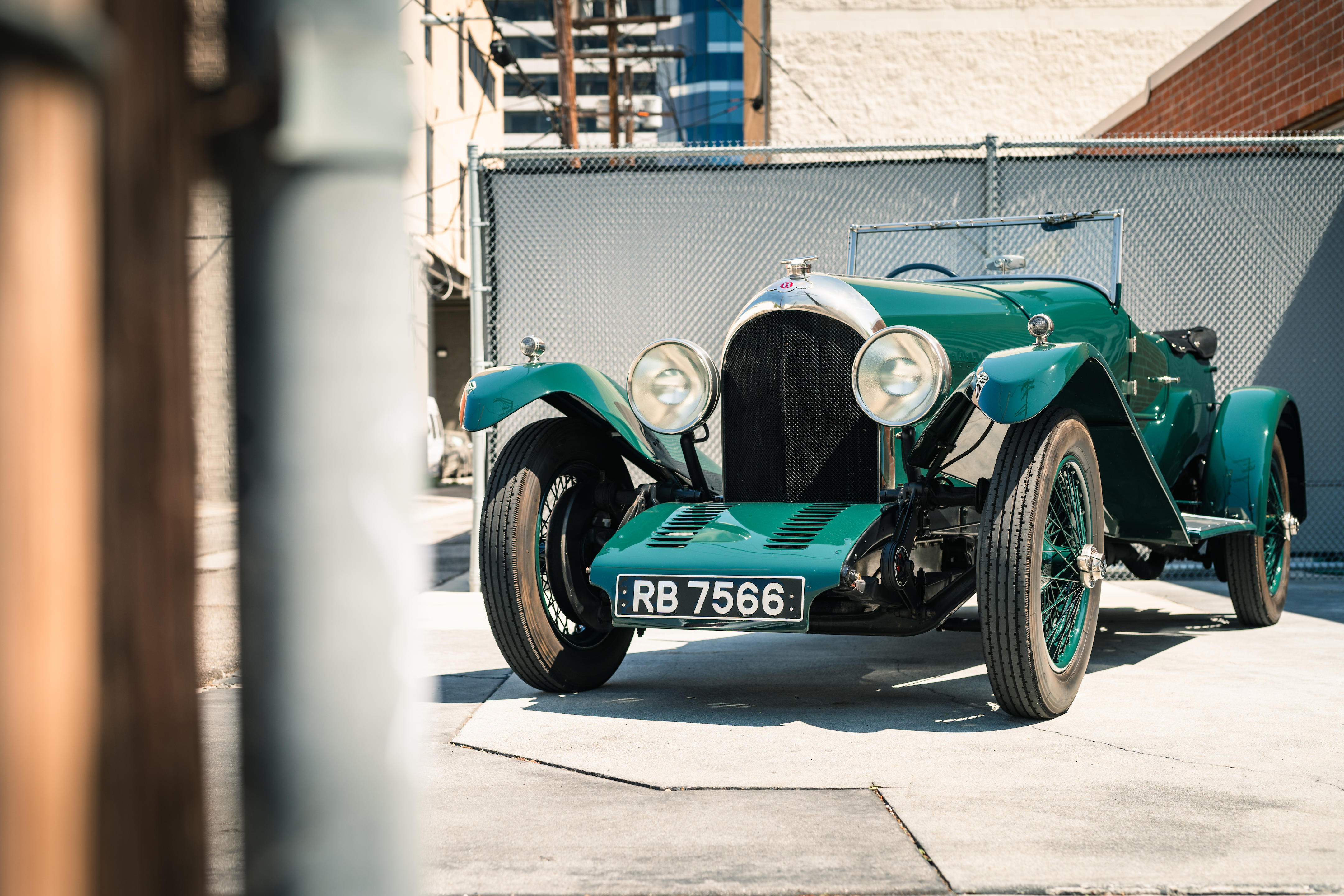
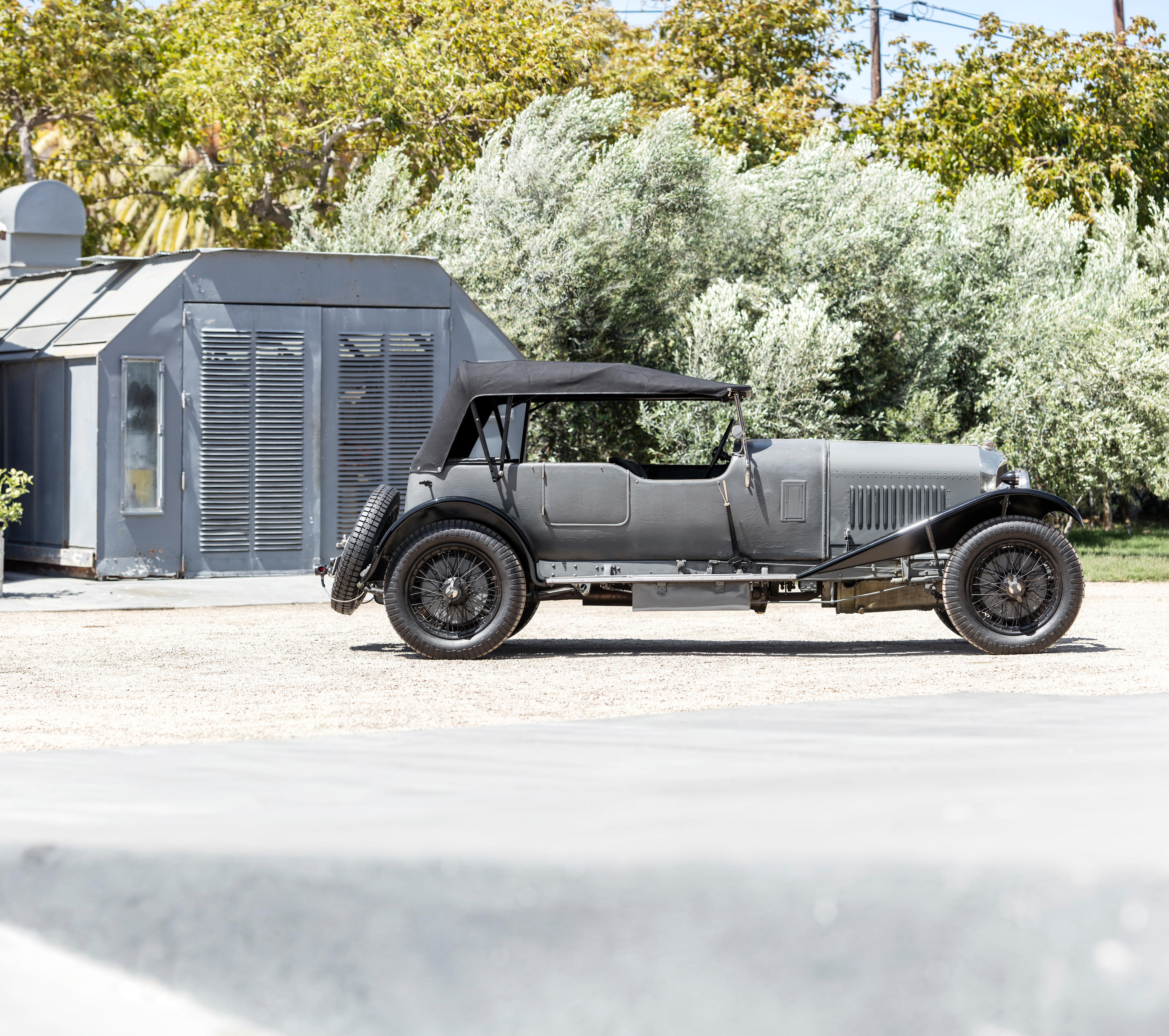
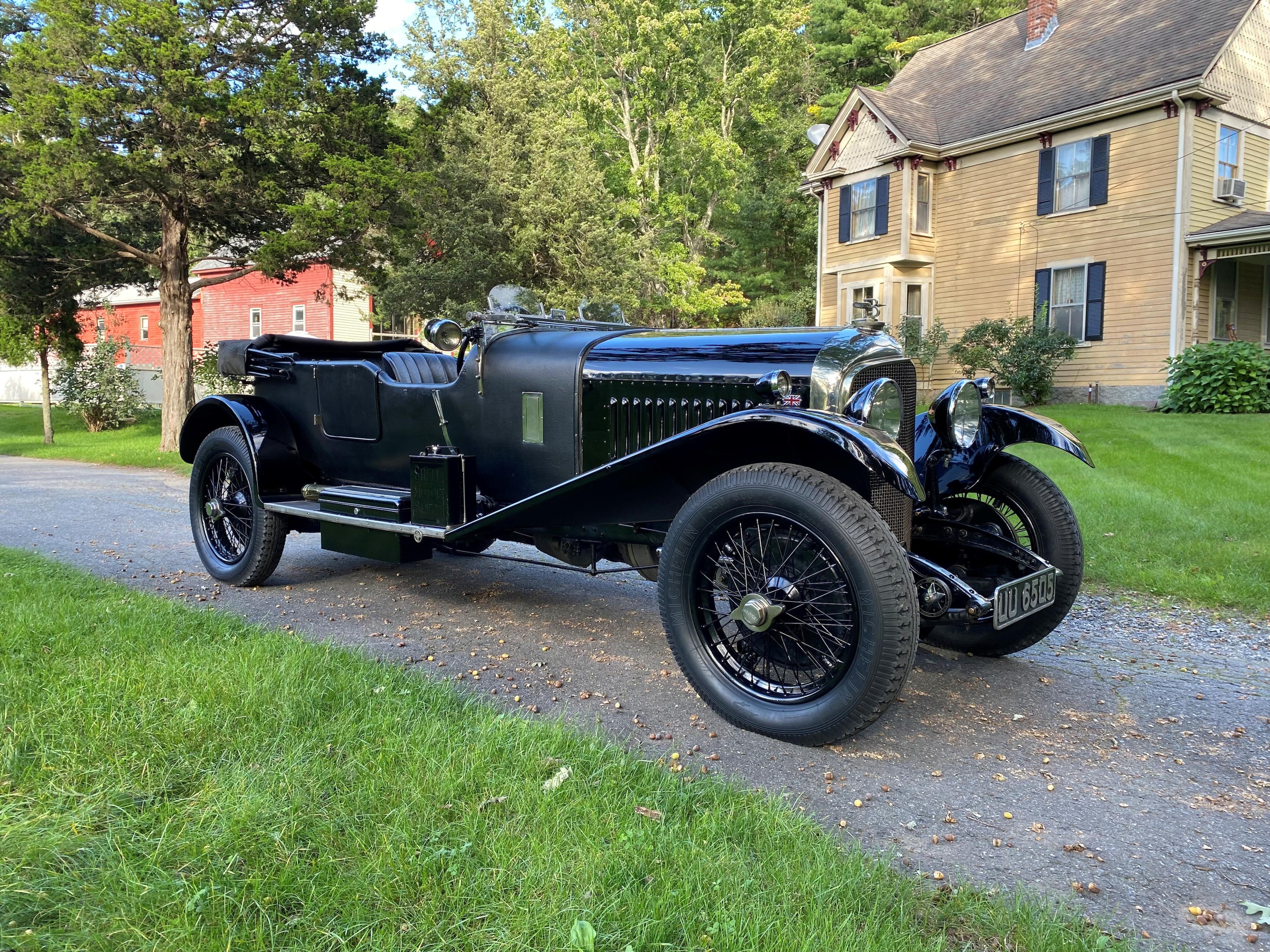


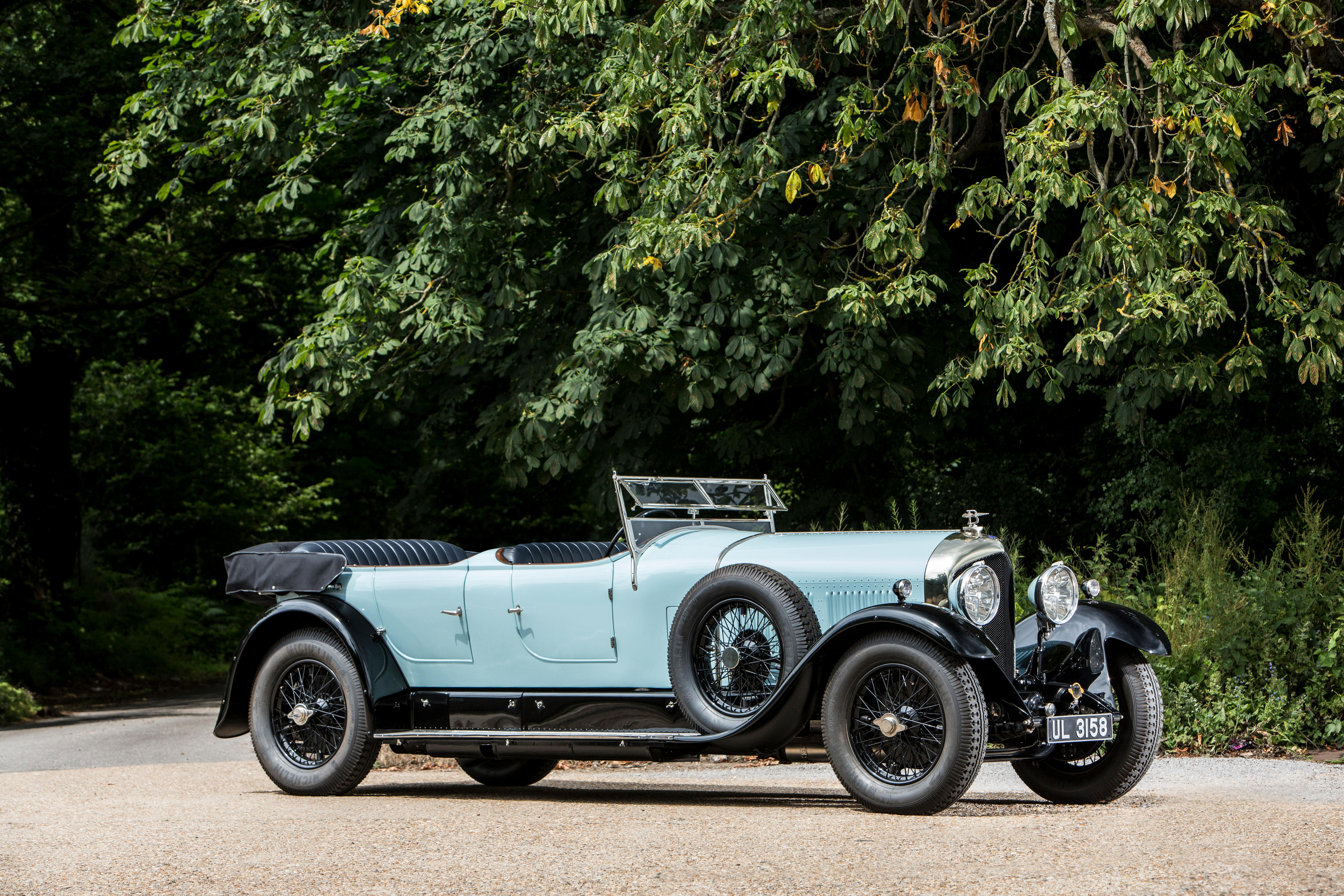

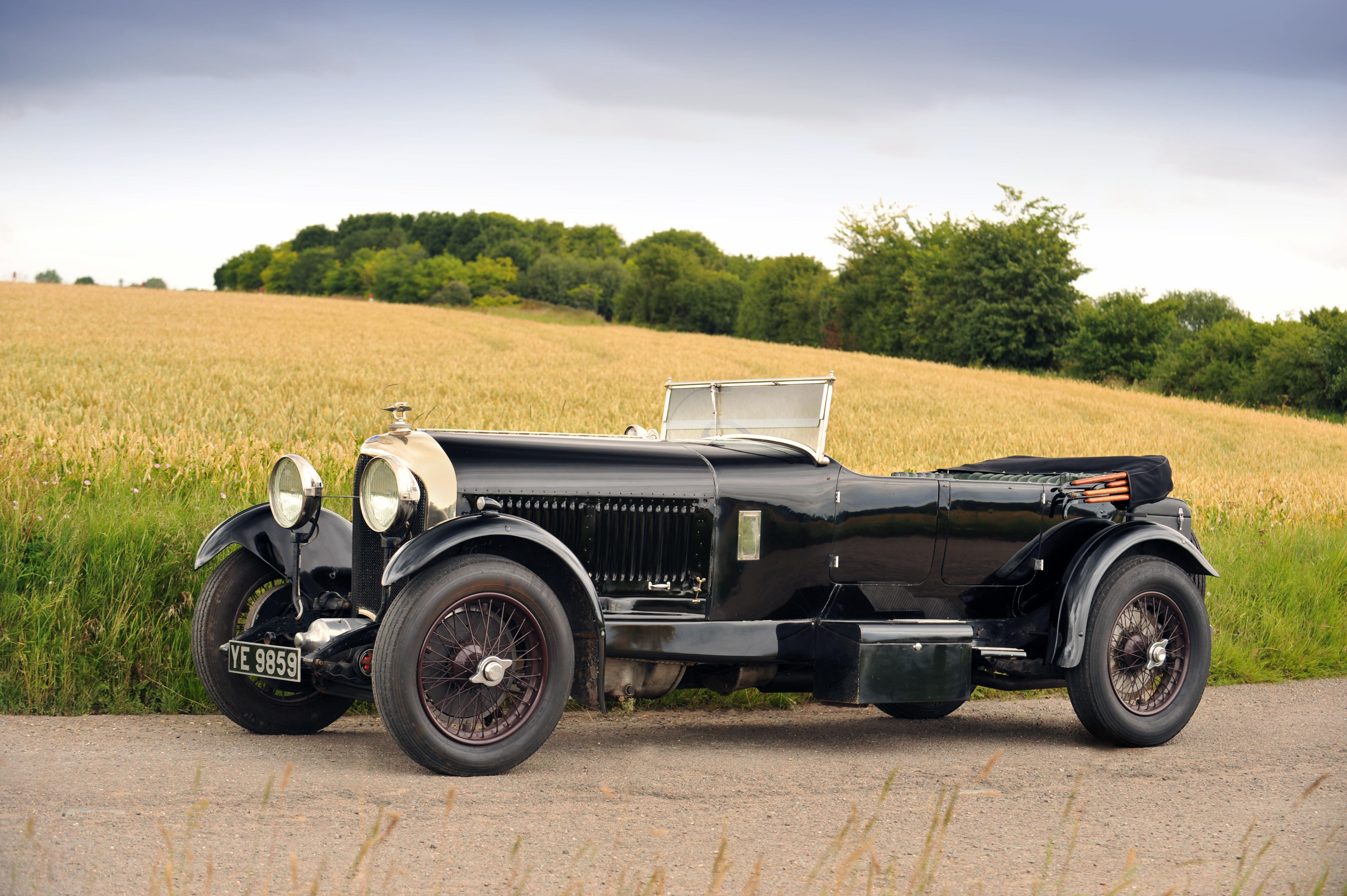

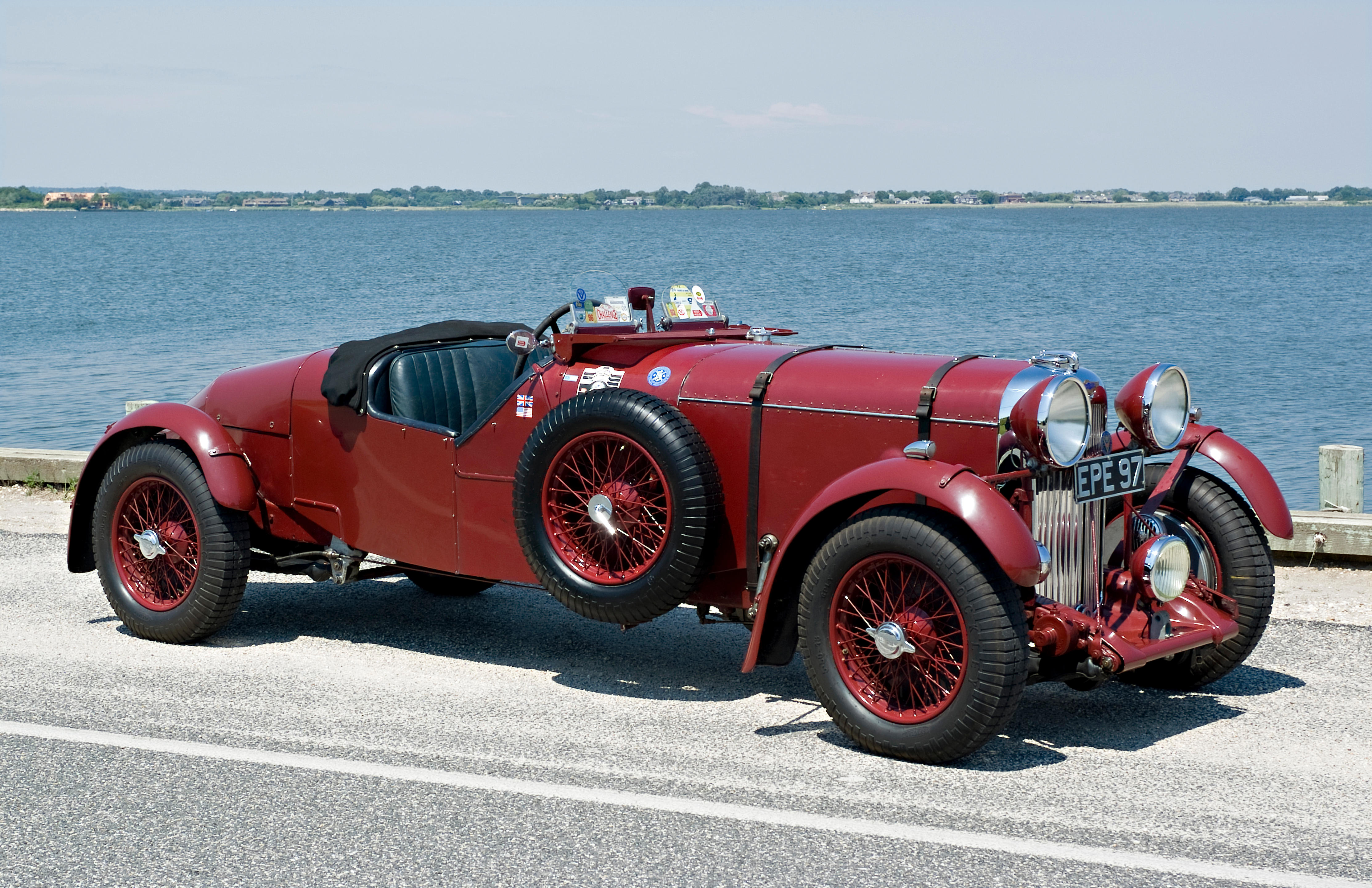

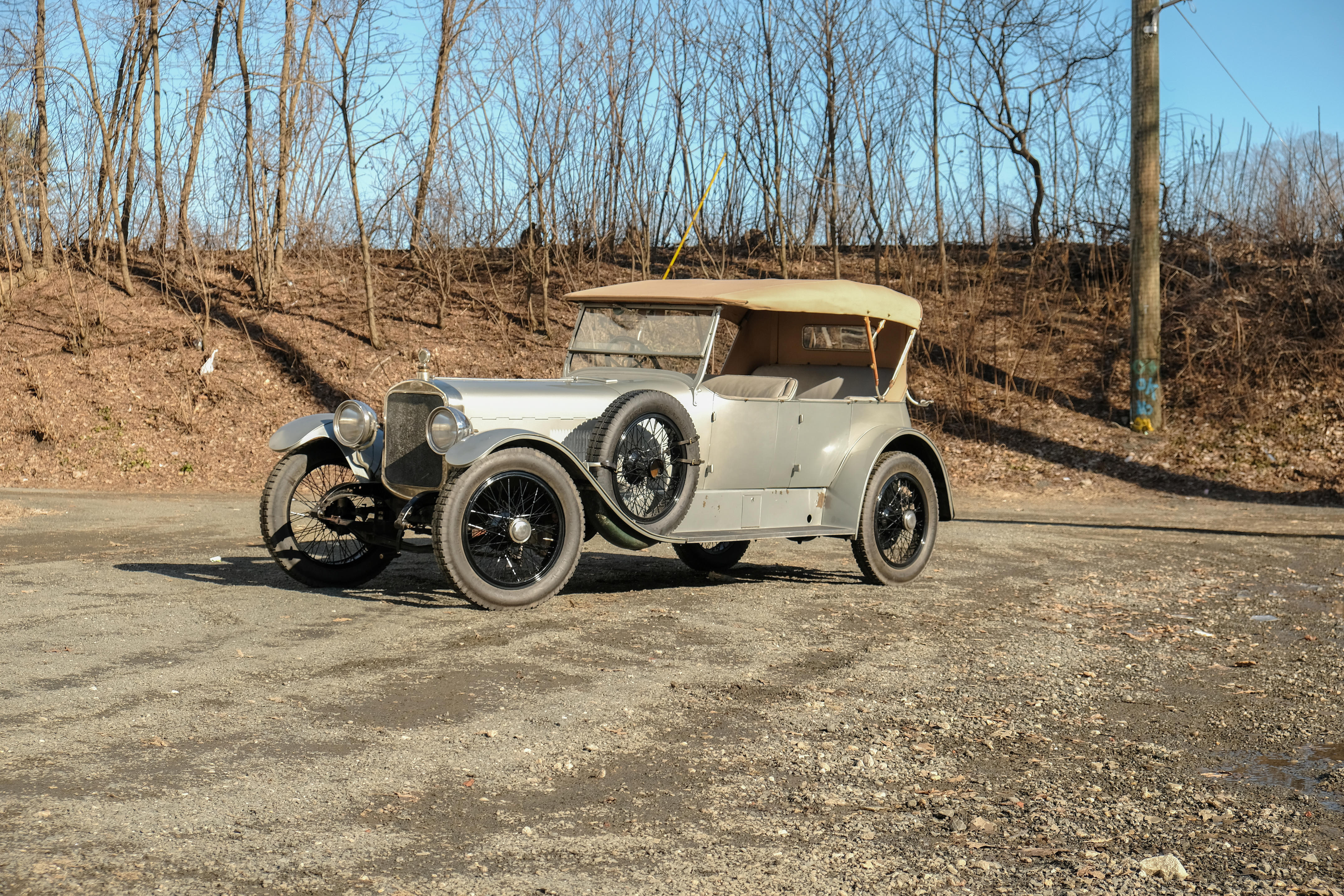
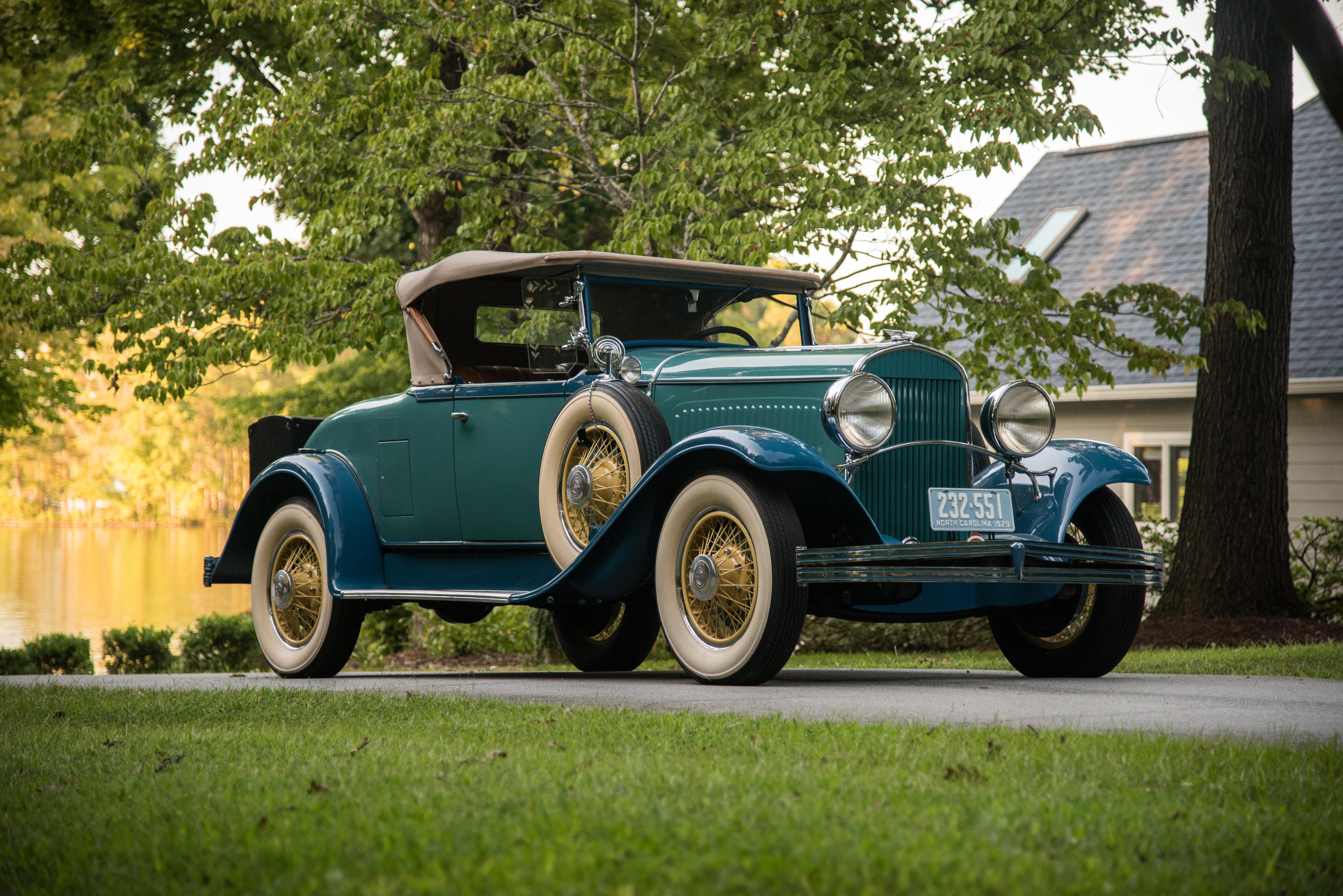
Try LotSearch and its premium features for 7 days - without any costs!
Be notified automatically about new items in upcoming auctions.
Create an alert